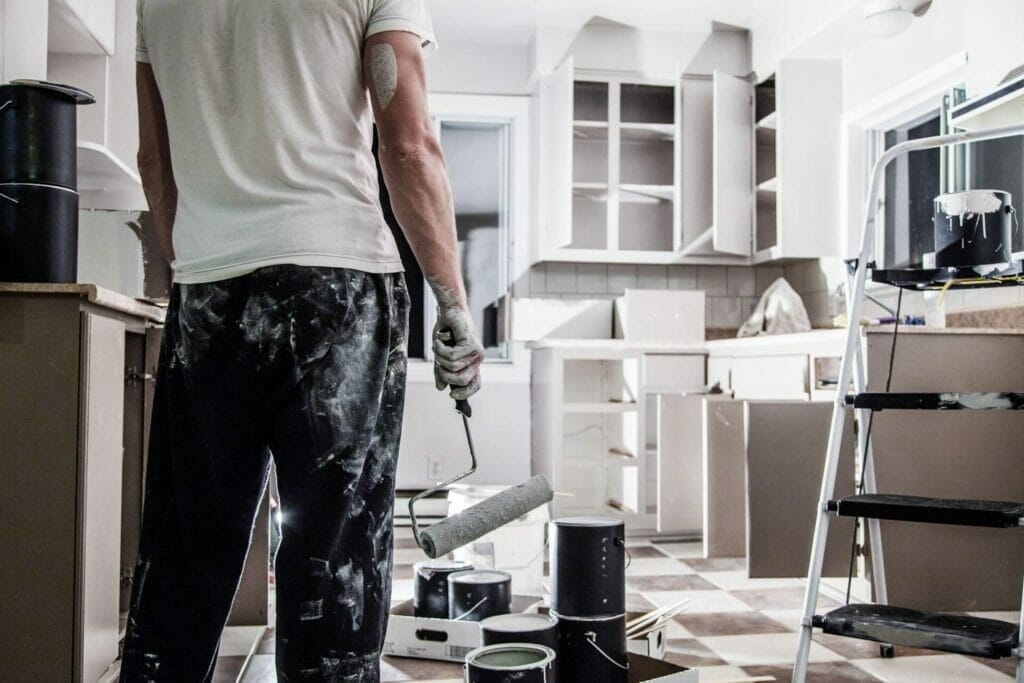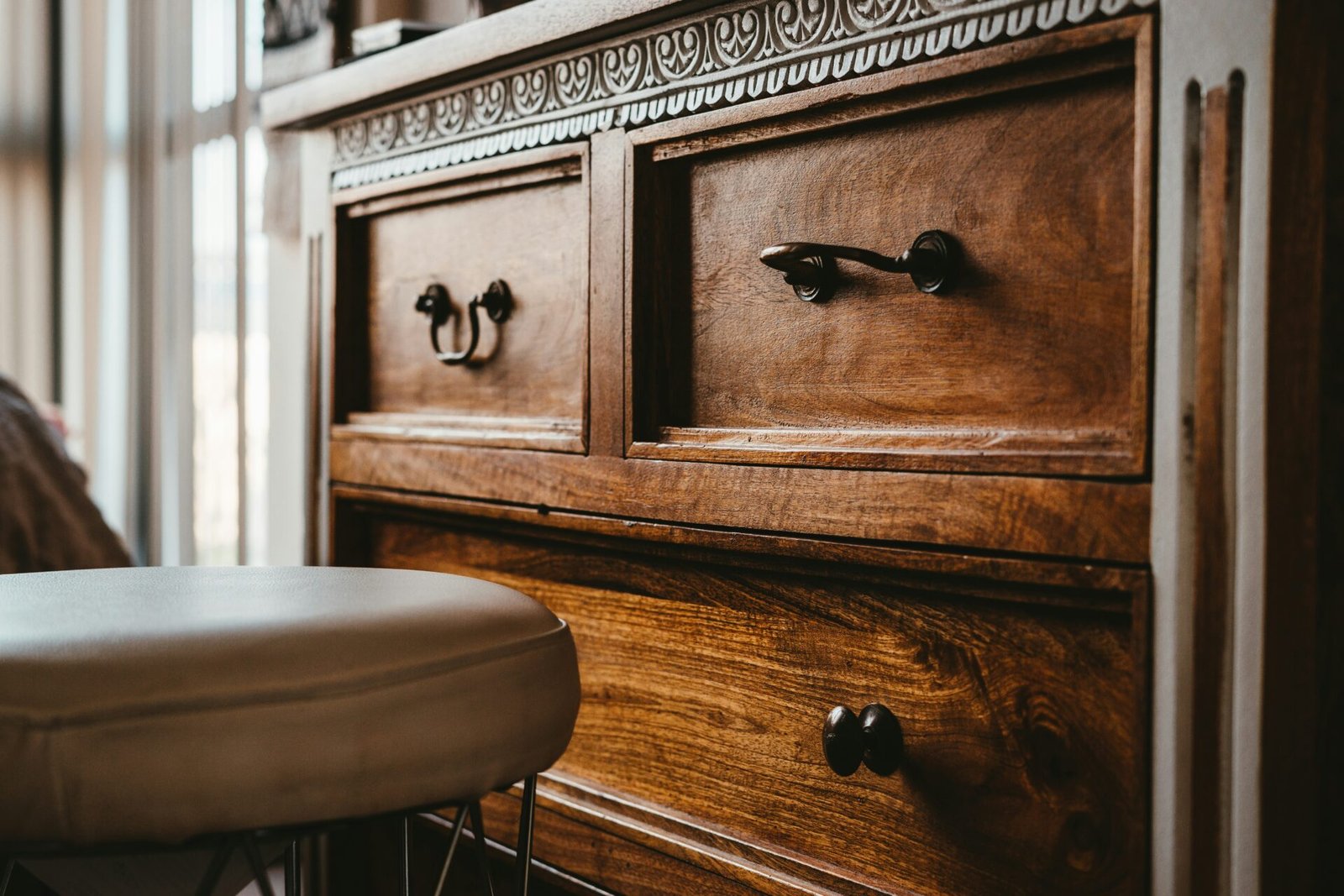Learn about the different types of paint used on appliances and how to paint your appliances with our step-by-step guide.
Appliances are an essential part of any modern home, but sometimes they can become dated or worn out. Instead of replacing them, you can give them a fresh new look with a coat of paint. But what type of paint is used on appliances?
In this article, we will explore the different types of paint used on appliances, their benefits and drawbacks, and provide a step-by-step guide on how to paint your appliances.
Factors to Consider Before Painting Appliances
Before diving into the types of paint used on appliances, let’s discuss some factors that you should consider before painting an appliance.
Type of Appliance
The type of appliances you want to paint plays a significant role in determining the type of paint you should use. Some appliances are more prone to damage, such as refrigerators, dishwashers, and washing machines. Therefore, you need to choose a paint that can withstand moisture, heat, and other environmental factors.
Material of Appliance
The material of your appliance will also affect the type of paint you choose. Appliances are typically made of metal, plastic, or glass, and not all paints will adhere well to every material. You should choose a paint that is compatible with the material of your appliance.
Surface Preparation
Before painting your appliance, you need to prepare the surface by cleaning it thoroughly and removing any dirt, grime, or grease. This step is crucial as it ensures that the paint adheres well to the surface and prevents chipping and peeling.
Type of Paint
The type of paint you choose will ultimately depend on your appliance’s material, the surface you are painting, and the environment in which the appliance is located. The following are the different types of paint used on appliances.
Types of Paint Used on Appliances:

Epoxy Paint
Epoxy paint is a popular choice for painting appliances as it is durable, resistant to moisture, and can withstand high temperatures. Epoxy paint also adheres well to metal surfaces and is available in various colors. However, epoxy paint is challenging to apply and requires a specific technique, and it can be expensive.
Acrylic Paint
Acrylic paint is another excellent option for painting appliances. It is water-based, dries quickly, and is easy to apply. Acrylic paint is also durable and can resist chipping, fading, and cracking.
However, acrylic paint is not as heat-resistant as epoxy paint and may not be the best option for appliances that generate a lot of heat, such as ovens or stovetops. Additionally, acrylic paint is not as smooth as epoxy paint, which can make it difficult to clean and maintain over time.
Enamel Paint
Enamel paint is a durable, oil-based paint that creates a hard, glossy finish. It is a popular choice for appliances that require high-gloss finishes, such as refrigerators, stoves, and dishwashers.
Enamel paint is also heat-resistant and can withstand high temperatures. However, enamel paint can be challenging to apply and requires careful preparation and attention to detail.
Oil-based paint:
Oil-based paint is a traditional paint that is known for its durability and long-lasting finish. It is suitable for appliances that are exposed to high temperatures, such as ovens and stovetops.
Latex Paint
Latex paint is a water-based paint that is easy to apply, dries quickly, and cleans up easily with soap and water. It is also available in various colors and finishes, making it a versatile option for appliances.
Latex paint is not as durable as other types of paint and can chip, peel, or crack over time, especially on high-use appliances.
Pros and Cons of Each Paint Type
Here’s a quick summary of the pros and cons of each paint type:
| Paint Type | Pros | Cons |
|---|---|---|
| Epoxy Paint | Durable creates a hard, glossy finish, heat-resistant | Durable, heat-resistant, and available in various colors |
| Acrylic Paint | Easy to apply, durable, water-resistant | Not as heat-resistant, difficult to clean |
| Enamel Paint | Easy to apply, quick-drying, and available in various colors | Challenging to apply, requires careful preparation |
| Latex Paint | Easy to apply, quick-drying, available in various colors | Expensive, and challenging to apply |
| Oil-Based Paint | Durable, water-resistant, heat-resistant | Not as durable, and can chip or peel over time |
| Spray Paint | Convenient, provides an even, smooth finish | Challenging to control, requires careful preparation and ventilation |
How to Paint Your Appliances?

Preparation: Before you start painting, clean your appliance thoroughly to remove any grease, dirt, or grime. Sand the surface lightly to create a smooth surface for the paint to adhere to.
Priming: Apply a coat of primer to the appliance to create a base for the paint to stick to. This will ensure a smooth and even finish.
Painting: Apply the paint using a paintbrush, roller, or spray gun. Use thin, even coats to avoid drips and bubbles. Allow each coat to dry before applying the next one.
Finishing: Once the paint has dried, apply a clear coat of sealer to protect the paint and create a glossy finish.
Tips for Painting Appliances
Here are some tips for painting appliances:
- Clean the surface thoroughly before painting.
- Sand, the surface to create a rough texture that allows the paint to adhere well.
- Use a primer to ensure the paint adheres well to the surface.
- Apply thin, even coats of paint, allowing each coat to dry completely before applying the next one.
- Use a high-quality paintbrush or roller to ensure a smooth finish.
- Consider using spray paint for appliances with intricate details or hard-to-reach areas.
- Allow the paint to dry completely before using the appliance.
- Follow the manufacturer’s instructions for proper ventilation and safety precautions.
FAQs
Can I paint my stainless steel appliances?
Yes, you can paint stainless steel appliances, but you need to use a specific type of paint designed for this purpose.
How long does appliance paint last?
The lifespan of appliance paint depends on the type of paint used and the amount of wear and tear the appliance receives. On average, appliance paint lasts 5-10 years.
Can I paint my appliances without sanding them first?
No, it is important to sand your appliances before painting them to create a smooth surface for the paint to adhere to.
Conclusion and final thoughts
Painting appliances is a cost-effective way to give your kitchen a fresh new look without breaking the bank. There are several types of paint to choose from, each with its own pros and cons.
Consider the type of appliance, material, surface preparation, and type of paint when choosing the right paint for your appliance. With proper preparation and care, painting your appliances can be a fun and rewarding DIY project.




